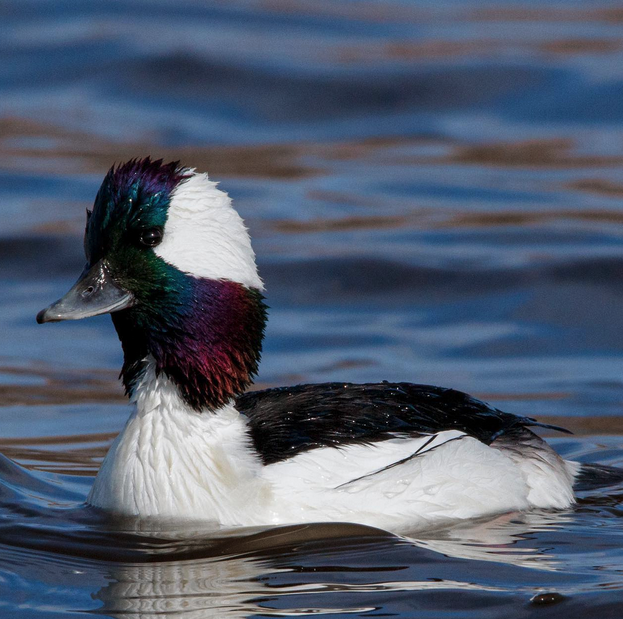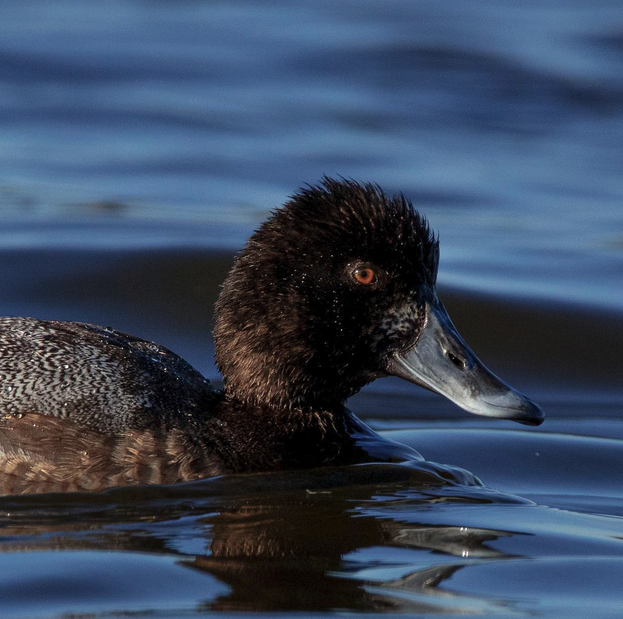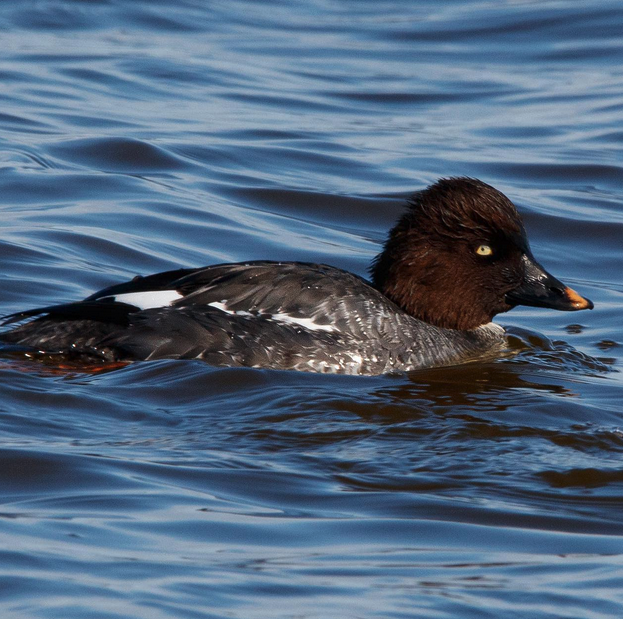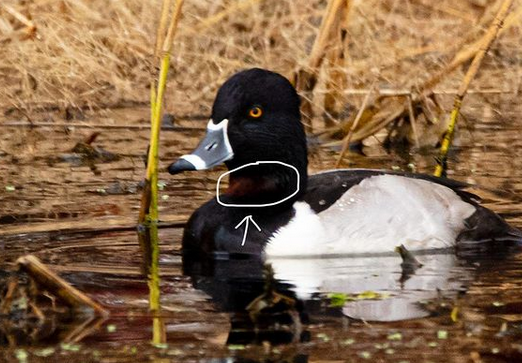By Sally Siko
If it walks like a duck, quacks like a duck, then it must be a….
Lol well you know that goes!
But, did you know that the way that a duck feeds varies from species to species?
Some ducks dive down deep to get their food, while others remain on the surface tipping down into the water.
When viewing a raft of ducks at a distance, it is possible to figure out whether the birds in front of you are a dabbler or a diver duck.
Dabbler ducks sit high on the water, feeding on aquatic vegetation and small invertebrates on or near the surface.
Pictured here are a couple dabbling ducks. A Gadwall, American Wigeon, Mallard, Redhead and a Canvasback duck
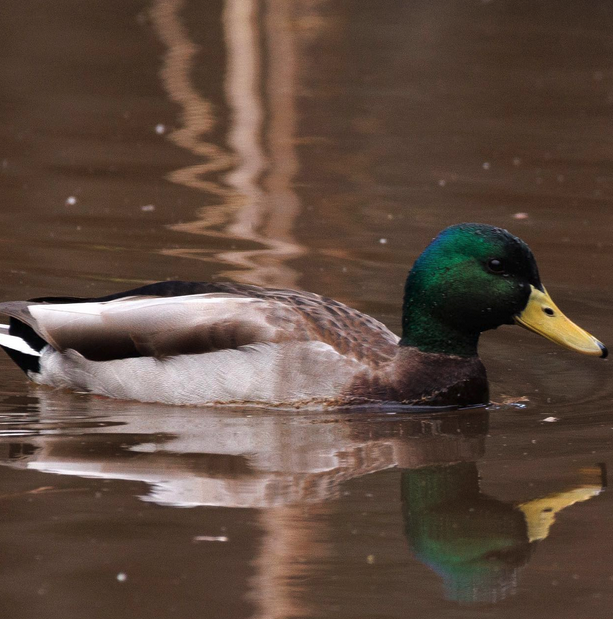
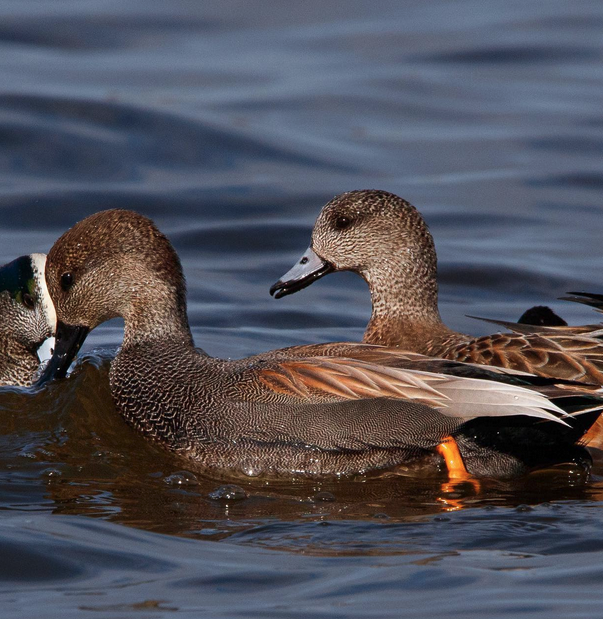
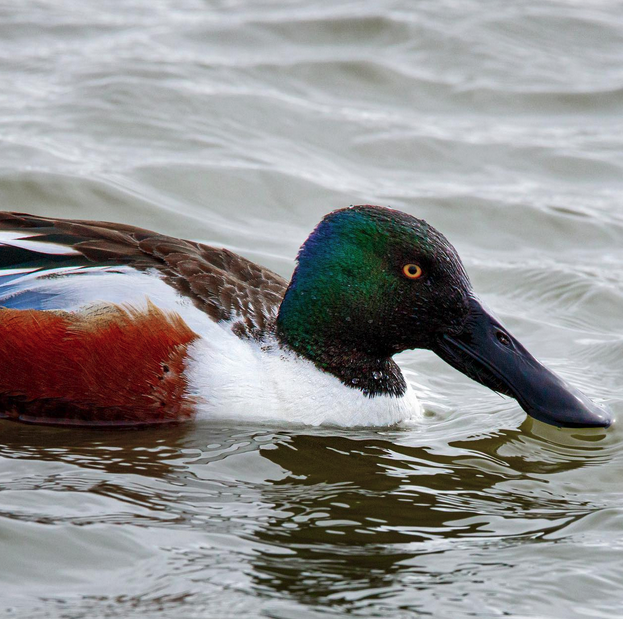
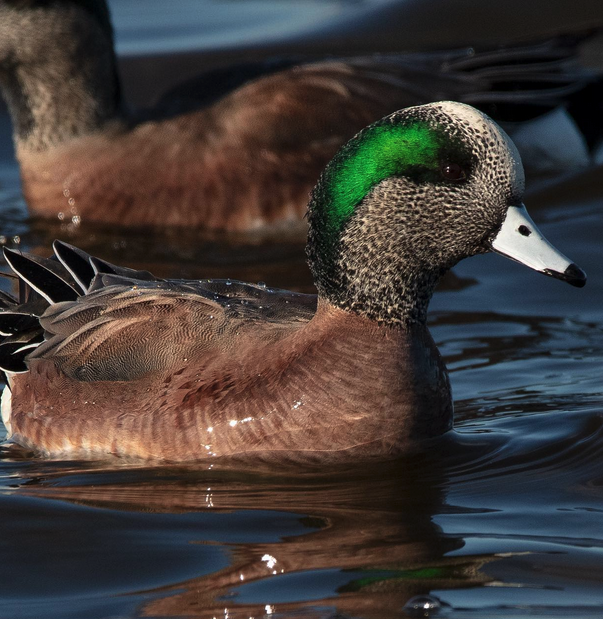
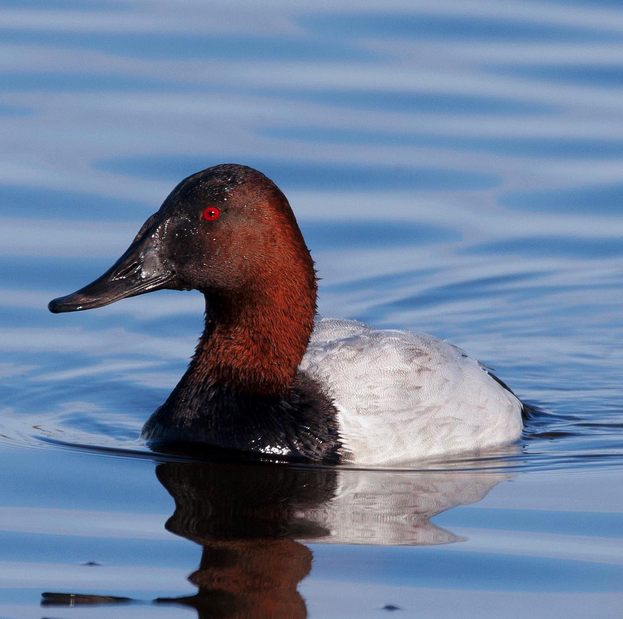
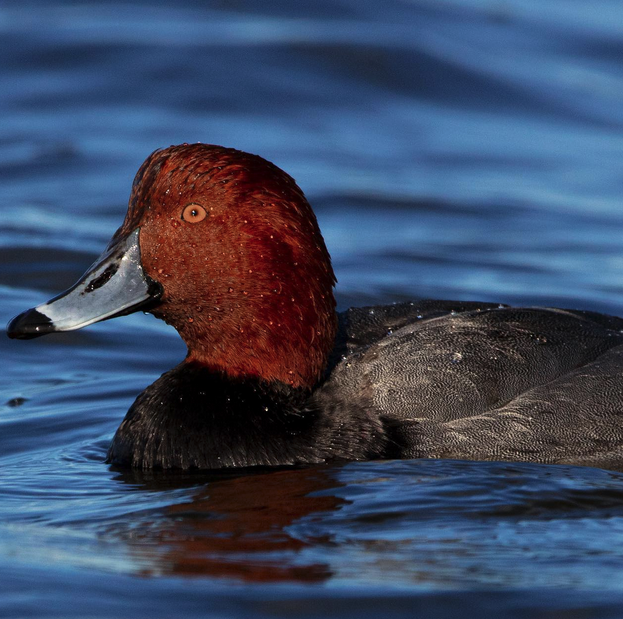
Diving ducks tend sit much lower in the water.
They accomplish this by squeezing their feathers against their body, expelling air trapped between them.
Shown here are a Bufflehead, Lesser Scaup,Common Goldeneye, and a sweet little Ruddy Duck.
It’s notable the difference in shapes between dabblers and diver ducks with the latter being plump and round 🙂

